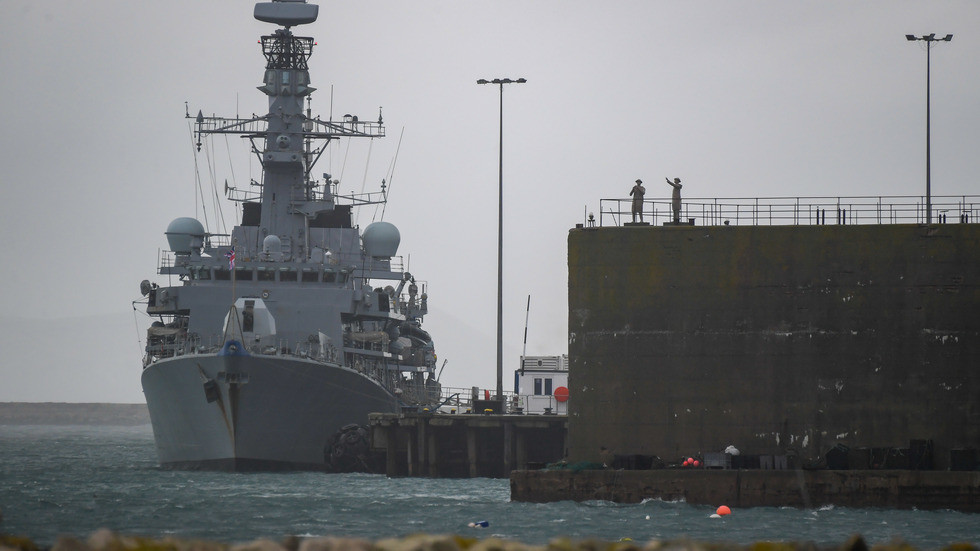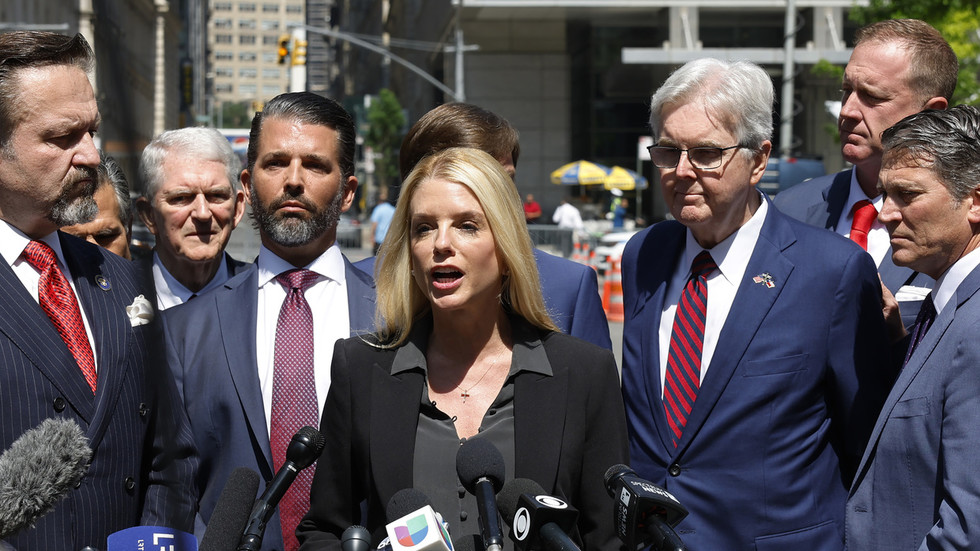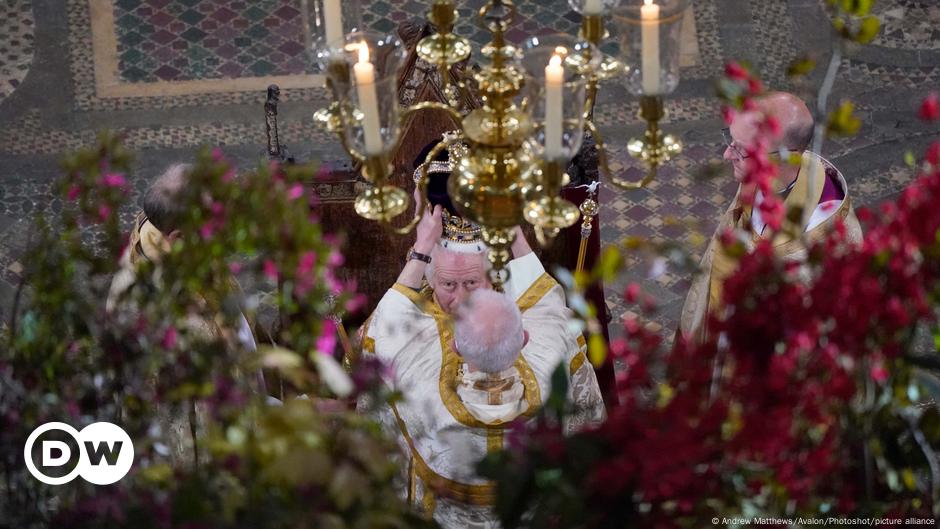Tue Nov 26, 2024 - 3:13 pm ESTTue Nov 26, 2024 - 3:27 pm EST
(LifeSiteNews) — The safest guiding principle in the crucial question regarding the validity of the papacy of Pope Francis is the prevailing practice in the history of the Church, with which were resolved cases of presumed invalid papal renunciations or elections. In this prevailing practice was shown the sensus perennis ecclesiae.
The principle of legality applied ad litteram (to the letter) or that of juridical positivism was not considered an absolute principle in the great practice of the Church, since the legislation of the papal election is only a human (positive) law, and not a Divine (revealed) law.
The human law that regulates the assumption of the papal office or the dismissal from the papal office must be subordinated to the greater good of the whole Church, which in this case is the real existence of the visible head of the Church and the certainty of this existence for all the body of the Church, clergy and faithful.
This visible existence of the head and the certainty about it are required by the very nature of the Church. The universal Church cannot exist for a considerable time without a visible Supreme Shepherd, without the successor of Peter, since the vital activity of the universal Church depends on its visible head, such as, for example, the appointment of diocesan bishops and cardinals, appointments that require the existence of a valid pope. In turn, the spiritual good of the faithful depends on a valid appointment of a bishop, since in the case of an invalid episcopal appointment (due to an invalid pope), priests would lack pastoral jurisdiction (e.g. to hear confessions, to witness marriages).
Those dispensations and indulgences that only the Roman Pontiff, allfor the spiritual good and eternal salvation of souls, also depend on this existence and this certainty. Applying in this case the principle of supplying of jurisdiction would undermine the characteristic of the Church’s visibility and would be substantially the position of the sedevacantist theory.
The acceptance of the possibility of a prolonged time of a vacancy of the Holy See (sedisvacantia papalis) easily leads to the spirit of sedevacantism, which ultimately constitutes a kind of a sectarian and quasi-heretical phenomenon that has appeared in the past sixty years due to the problems with Vatican II and the conciliar and post-conciliar popes.
The Church supplies a remedy for controversial elections
The spiritual good and eternal salvation of the faithful is the supreme law in the normative system of the Church. For this reason, there is the principle of supplet ecclesia (“the Church supplies”) or of sanatio in radice (“healing at the root”), that is, the Church completes what was against the human positive law, in the case of the sacraments, which demand jurisdictional faculties, e.g. confession, marriage, confirmation, the burdens of the intentions of the Masses.
Guided by this truly pastoral principle, the instinct of the Church has also applied the principle of supplet ecclesia or sanatio in radice in cases of doubts about a renunciation or a pontifical election. Concretely, the sanatio in radice of an invalid pontifical election was expressed in the peaceful and morally universal acceptance of the new Pontiff by the episcopate and the Catholic people, and in the fact that this elected, supposedly invalid, Pontiff was named in the Canon of the Mass by practically the entire Catholic clergy.
RELATED: What Benedict meant by ‘Pope Emeritus’: a response to Mr. O’Reilly
Valid popes elected in apparently invalid election
The history of the Church is a sure teacher in this matter. The longest vacancy of the Apostolic See lasted two years and nine months (from 29 November 1268 until 1 September 1271). It was also the time in which St. Thomas Aquinas lived. There were evidently invalid pontifical elections, i.e. assumptions of the papal office invalidly e.g. Pope Gregory VI became pope by buying the papacy with a large sum of money from his predecessor Pope Benedict IX in the year 1045. However, the Roman Church has always considered Gregory VI as a valid pope, and even Hildebrand, who later became Pope St. Gregory VII, considered Gregory VI to be a legitimate pope, notwithstanding the illegitimate manner by which Gregory VI became pope.
Pope Urban VI had been elected under enormous pressure and threats from the Roman people. Some cardinal electors feared even for their lives. Such was the atmosphere of the election of Urban VI in the year 1378. During the coronation of the new pope all the cardinal electors paid him homage and recognized him as pope during the first months of his pontificate. After a few months, however, some cardinals, especially the French cardinals, began to doubt the validity of the election because of the threatening circumstances and the moral pressure they had to suffer during the election. For this reason, these cardinals elected a new pope, who was called Clement VII, a Frenchman who chose Avignon as his residence. He and his successors were considered by the Roman Church always as anti-popes (see the editions of the Annuario Pontificio). Thus began one of the most disastrous crises in the history of the Church, the Great Western Schism, which lasted almost forty years, tearing apart the unity of the Church and damaging the spiritual good of souls so much.
The Roman Church has always recognized Urban VI as a valid pope despite the probably invalidating factors of his election. The fact that even saints like St. Vincent Ferrer, during a time, recognized the anti-pope Clement VII as the only valid pope is not a convincing argument, since saints are not infallible in all their opinions. The same St. Vincent Ferrer later abandoned the Avignon anti-pope Clement VII and recognized the Pope in Rome.
Pope St. Celestine V made his renunciation in circumstances of pressure and insinuations by the powerful Cardinal Benedetto Gaetani, who succeeded him as Pope Boniface VIII in the year 1294. Because of these circumstances, a part of the faithful and clergy of that time never recognized Boniface VIII as a valid Pope. However, the Roman Church considered Boniface VIII as a legitimate pope, because the acceptance of Boniface VIII by the overwhelming part of the episcopate and the faithful healed “at the root” the possible invalidating circumstances of both the renunciation of Celestine V and the election of Boniface VIII.
The following explanation of Professor Roberto de Mattei demonstrates convincingly the inconsistency of the theories of an invalid papacy of Pope Francis:
It has mattered naught that Monsignor Georg Gänswein, in a declaration to LifeSiteNews on February 14, 2019, reaffirmed the validity of Benedict XVI’s renunciation of the Petrine Office, by stating that ‘there is only one Pope legitimately elected – and it is Francis.’ By then the idea of a possible redefinition of the Papal ministry [munus—Ed.] had been launched.
Some people say that Pope Benedict’s intention was that of maintaining the papacy, assuming the office capable of bifurcating in two, but this is a substantial error, since the monarchal and unitary nature of the Papacy is of divine right.
God alone judges intentions whereas canon law merely limits itself in evaluating the outward behavior of the baptized. “A well-known sentence of canon law …. affirms that ‘De internis non iudicat praetor’; a judge does not judge interior things,” writes De Mattei.
If Pope Benedict were the only valid and legitimate Pope, what would have happened after his death? De Mattei writes: “The paradox is that, to prove the invalidity of Benedict’s renunciation, juridical sophisms are employed, but then to resolve the problem of Benedict’s or Francis’s succession, extra-canonical solutions ought to be used.” (cf. The Unknowns at the End of a Pontificate; originally in Corrispondenza Romana, July 1, 2020)
Why the theory of the invalidity of Francis papacy is a dead end
The hypothesis of Benedict XVI’s invalid renunciation, and therefore of the invalidity of the papacy of Francis, is, in fact, a dead end, a cul-de-sac. For eleven years the Apostolic See would have been de facto vacant, since Benedict XVI did not make any act of government, any episcopal or cardinal appointment, any act of dispensation, of indulgences, etc. For this reason, the universal Church would be paralyzed in its visible aspect. Such an assumption would amount in practice to the attitude of sedevacantism.
For the past eleven years, all appointments of Apostolic Nuncios, diocesan bishops and cardinals, all pontifical dispensations, and all indulgences granted and used by the faithful would have been null and void and brought harmful consequences to the spiritual good of souls (illegitimate bishops, invalid episcopal jurisdictions, etc.). All the cardinals nominated by Pope Francis would be invalid, that is, they would be non-cardinals, and this would apply to most of the current College of Cardinals.
Another purely hypothetical situation: if Benedict XVI had been an extremely liberal and almost heretical pope and had renounced [the papacy] in 2013 in circumstances like those that did occur in 2013 (therefore having possible elements of invalidity), and if then a new pope with an absolutely traditional spirit had been elected, and if this new pope – presumably elected invalidly because of the invalid renunciation of his liberal predecessor and because of the violation of some norms of the conclave – had begun to reform the Church in the true Catholic sense: appoint good bishops and cardinals, issue professions of faith or ex cathedra pronouncements to defend the Catholic faith against the current errors within the Church, certainly no good cardinal, bishop, or Catholic [layman] would now consider this new 100% Catholic pope an illegitimate pope, or would be asking for his renunciation and for the return of old liberal pontiff to rule.
Another hypothetical situation: were all the cardinals nominated by John Paul II and Benedict XVI to die, the College of Cardinals would be composed only of cardinals appointed by Pope Francis. But according to the theory of the invalid pontificate of Francis, they would all be non-cardinals, and therefore there would no longer be a College of Cardinals. It would follow that there were no valid electors who could proceed to a new pontifical election. The law that says cardinals are the only valid electors of the Pope has been in force since the eleventh century and was sanctioned by the Roman Pontiffs, and therefore only a Roman Pontiff is competent to change the law of the pontifical election and to sanction a rule that would permit electors who were not cardinals. Hypothetically, if one followed the theory of the invalid pontificate of Francis, when all the cardinals appointed before Pope Francis’ election died, it would not be possible to elect a new Pontiff validly. The Church would be in a dead end, a cul-de-sac.
RELATED: Why Pope Benedict’s resignation was valid: a response to Dr. Mazza
The hypothesis that Benedict XVI was the only valid pope, and therefore Pope Francis is an invalid pope, contradicts not only the proven and reasonable practice of the great tradition of the Church but also plain common sense. Furthermore, in this case one absolutizes the aspect of legality, that is, in our case, of the human norms of renunciation and pontifical election, to the detriment of the good of souls, since uncertainty on the validity of acts of government of the Church has been introduced, and this undermines the visible nature of the Church. In addition, one approaches the mentality of sedevacantism. The surer way (via tutior) and the example of the constant practice of the great tradition of the Church must be followed also in our present case.
What can we do about Pope Francis’ behavior?
The way to react to the confusing behavior of Pope Francis is to admonish him publicly regarding his errors. That said, one must do this with all due respect. Then one must make a profession of faith by specifying those truths which Pope Francis has contradicted or undermined by his ambiguities. Then one must do acts of reparation. One must also ask God for the grace of Pope Francis’ conversion and for the Divine intervention to resolve this unprecedented crisis. Nevertheless, Pope Francis is certainly the valid Pope.
Our Lord Jesus Christ holds the rudder of the boat of the Church in His hands even during the heaviest storms, which could include the papacy of a doctrinally ambiguous pope. Such storms are relatively short, however, compared to other great crises during the two thousand years of the existence of the Church Militant.
Amid the confusion and the storm within the life of the Church of our day, Our Lord will rise and rebuke the winds and the sea (see Mt. 8:24), and a time of calm, doctrinal security, liturgical sacredness and the holiness of the priests, bishops, and popes will be granted. In a situation which, to human eyes, appears beyond help, we must renew our unshakeable faith in the divine truth that the gates of hell will never prevail against the Catholic Church.
+ Athanasius Schneider, Auxiliary Bishop of the Archdiocese of Saint Mary in Astana
Your support makes stories like this possible!
LifeSiteNews is completely donor supported, allowing us to report on what truly is happening in the world, free of charge and uncensored. A donation to LifeSite will ensure millions around the world can continue to come to our site to find the truth people are so desperately searching for on life, faith, family and freedom.

 By LifeSiteNews (Faith) | Created at 2024-11-26 20:41:06 | Updated at 2024-11-28 18:30:34
1 day ago
By LifeSiteNews (Faith) | Created at 2024-11-26 20:41:06 | Updated at 2024-11-28 18:30:34
1 day ago








